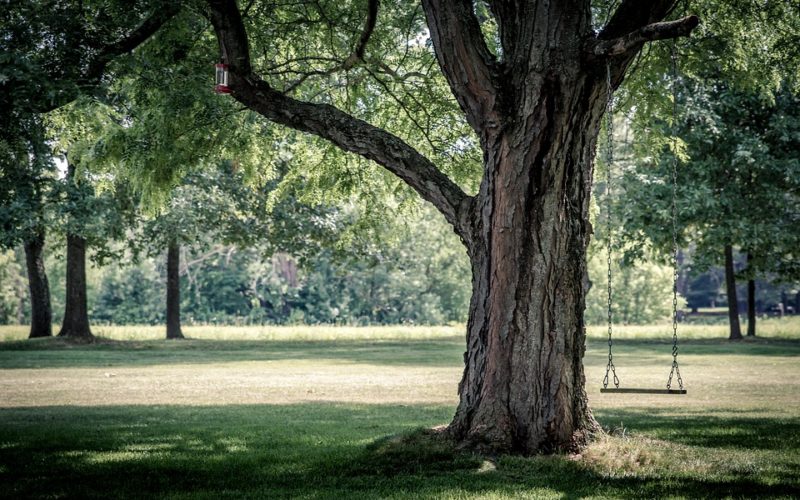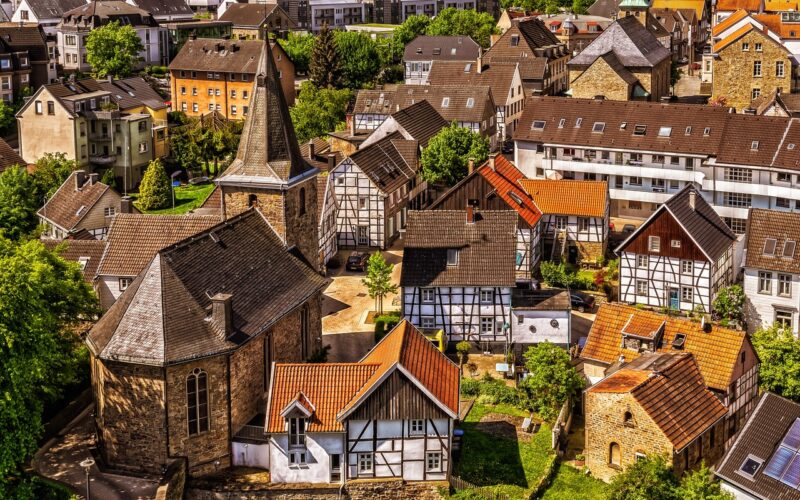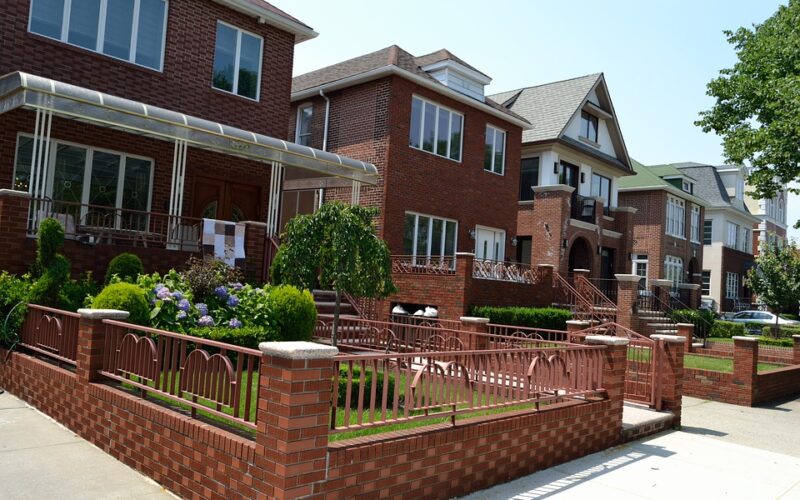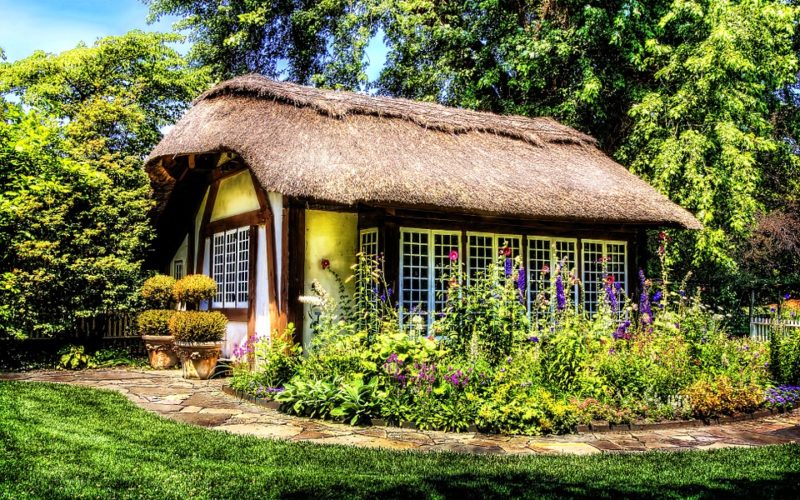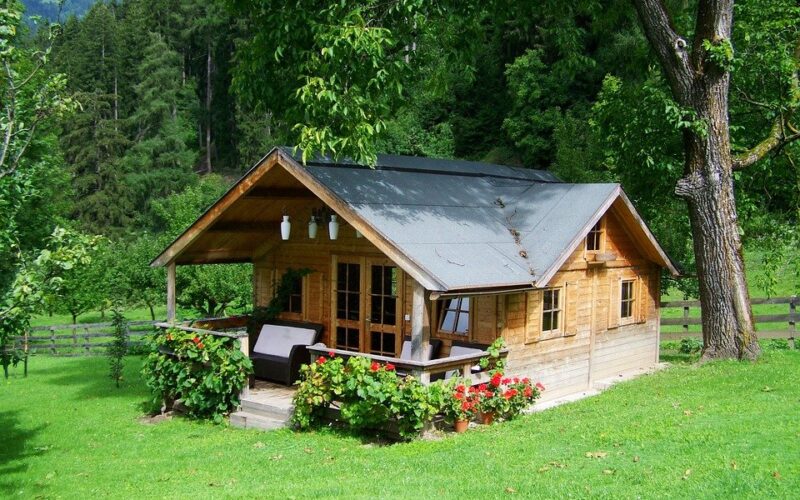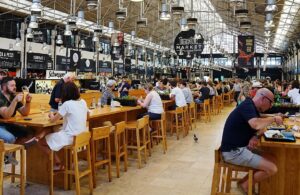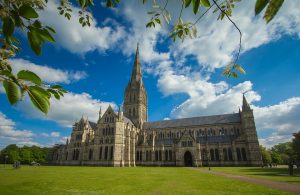When families are scouting for the perfect neighbourhood, they often weigh a multitude of factors that contribute to the quality of life and the development of their children. A great neighbourhood goes beyond the simple aesthetic charm of its streets or the architectural appeal of homes; it is an ecosystem that supports growth, learning, safety, harmony, and overall well-being.
Safe and secure environment
The paramount consideration for any family when determining a great neighbourhood is safety. A neighbourhood that prioritises safety—with low crime rates, visible law enforcement, and well-lit streets—can change the very way families interact with their community. Traffic-calming measures that protect children playing outdoors and sidewalks where families can stroll or bike with peace of mind are necessary attributes of a family-friendly neighbourhood. Community initiatives such as neighbourhood watch programs can also promote a sense of security and mutual care among residents.
Access to quality education
Equity in education begins in a neighbourhood with access to quality schools. Proximity to reputable and high-performing schools means more than just a shorter commute; it impacts the social and educational outcomes of children. Great neighbourhoods often boast a variety of educational options, including strong public schools, private institutions, and alternative learning centres. Facilities for early childhood development, alongside an environment that celebrates lifelong learning, adds to the neighbourhood's allure for families who value educational attainments.
Green spaces and recreational facilities
Open green spaces and recreational amenities are the lungs and heartbeat of a vibrant neighbourhood. Parks, playgrounds, and community gardens serve as gathering points for families, offering a respite from the urban grind and opportunities for children to play and explore. Access to sport centres, swimming pools, and libraries contributes to the physical and mental well-being of neighbourhood inhabitants. Such communal areas also encourage healthy lifestyles and facilitate social interaction and community building among families.
Community spirit and family-oriented events
A sense of community spirit, often experienced through shared events and traditions, is a glue that holds neighbourhoods together. Family-oriented activities such as festivals, farmers' markets, and holiday parades can create a culturally rich environment. Neighbourhoods that celebrate diversity through community events foster inclusivity and give families a chance to bond with others while experiencing a broader world view within their local milieu.
Accessible and convenient amenities
Great family neighbourhoods are marked by convenience, encompassing easily accessible shopping, healthcare facilities, and other essential services. Parents juggling work and family responsibilities appreciate the practicality of having supermarkets, pharmacies, doctors, and other amenities within easy reach. Public transportation options and infrastructure that supports walking and cycling mean families can minimise commute times and enjoy more quality time together.
A forward-looking perspective
Lastly, great neighbourhoods have a forward-looking perspective, planning for growth and sustainability. They innovate to meet the evolving needs of families, embody the principles of sustainable living, and invest in infrastructure that will stand the test of time. These communities are not stagnant; they evolve with input from residents, incorporating playgrounds and education facilities designed to grow with the population. Neighbourhoods with an eye towards the future encourage families to put down roots and invest in the local area, knowing their needs will be met for years to come.
In crafting this utopia, cities and planners must listen carefully to family needs and dreams. The elements that define a great neighbourhood include safety, education, leisure, community, convenience, and sustainability. These are not just components but underlying promises that, when fulfilled, offer families not merely a place to reside, but a place to thrive.



